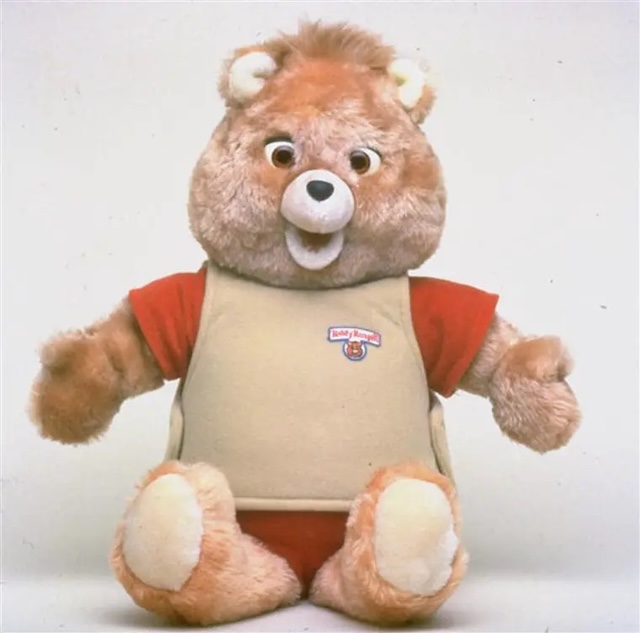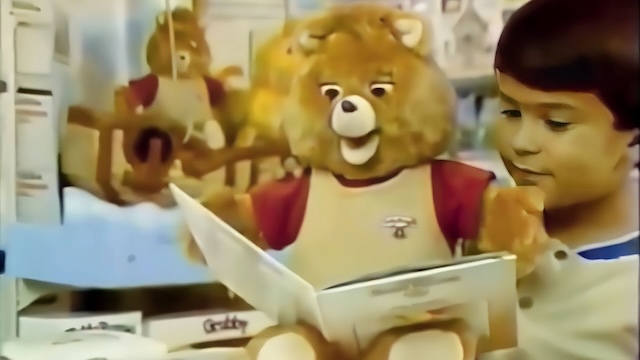Teddy Ruxpin, the animatronic bear from the 1980s, captured the hearts of children with his storytelling abilities. Explore the bizarre and captivating history of this iconic toy, from its creation by a Disney Imagineer to its cultural impact and legacy.
Introduction
In the mid-1980s, a unique toy captured the hearts and imaginations of children around the world. Teddy Ruxpin, the animatronic storytelling bear, became an instant sensation. This article delves into the fascinating history of Teddy Ruxpin, exploring its origins, technological innovations, cultural impact, and lasting legacy.
The Origins of Teddy Ruxpin
Teddy Ruxpin was the brainchild of Ken Forsse, a former Disney Imagineer and designer for Chuck E. Cheese animatronics. Forsse envisioned a toy that could tell stories and interact with children in a way that had never been done before. Drawing inspiration from Disney characters and animatronic technology, Forsse set out to create a toy that was both entertaining and educational.

The Technology Behind Teddy Ruxpin
The technology that powered Teddy Ruxpin was groundbreaking for its time. The bear featured a built-in cassette player that synchronized audio with the movements of its mouth and eyes. This allowed Teddy Ruxpin to “come to life” as he narrated stories and sang songs. The toy’s lifelike movements and engaging storytelling captivated children and set a new standard for interactive toys.
Teddy Ruxpin Hits the Market
Teddy Ruxpin was released in 1985 and quickly became a best-seller. The toy’s launch was supported by a robust marketing campaign that included TV commercials and in-store demonstrations. Parents were drawn to the educational value of the stories, while children were enchanted by Teddy Ruxpin’s lifelike interactions. By the end of the year, Teddy Ruxpin was the top-selling toy, earning a place in the hearts of millions of children.

The Cultural Impact of Teddy Ruxpin
Teddy Ruxpin’s popularity extended beyond the toy itself. The character became the star of an animated TV series, further cementing his status as a cultural icon. The show’s success helped maintain interest in the toy and expanded Teddy Ruxpin’s reach to a broader audience. The bear’s influence also extended to other forms of media, including books and merchandise.

The Decline and Legacy of Teddy Ruxpin
Despite its initial success, Teddy Ruxpin’s popularity began to wane in the late 1980s. Advances in technology and the emergence of new interactive toys led to a decline in sales. However, Teddy Ruxpin’s legacy endured. The toy paved the way for future innovations in interactive entertainment and remains a beloved nostalgic icon for those who grew up during its heyday.

Teddy Ruxpin was more than just a toy; it was a technological marvel and a cultural phenomenon. Its innovative design and engaging storytelling left a lasting impact on the toy industry and the children who cherished it. As we look back on the history of Teddy Ruxpin, we are reminded of a time when imagination and technology combined to create something truly magical.


